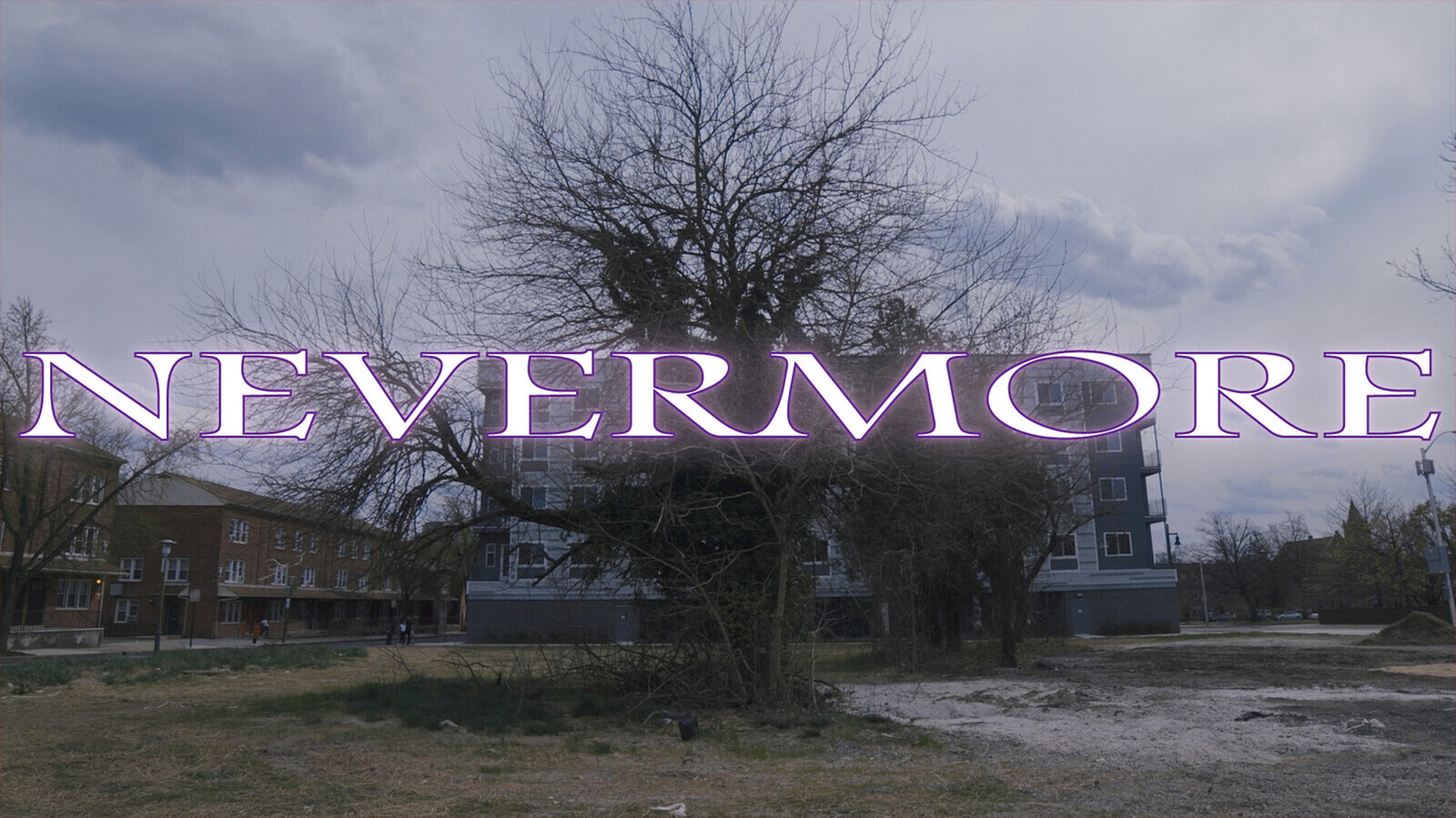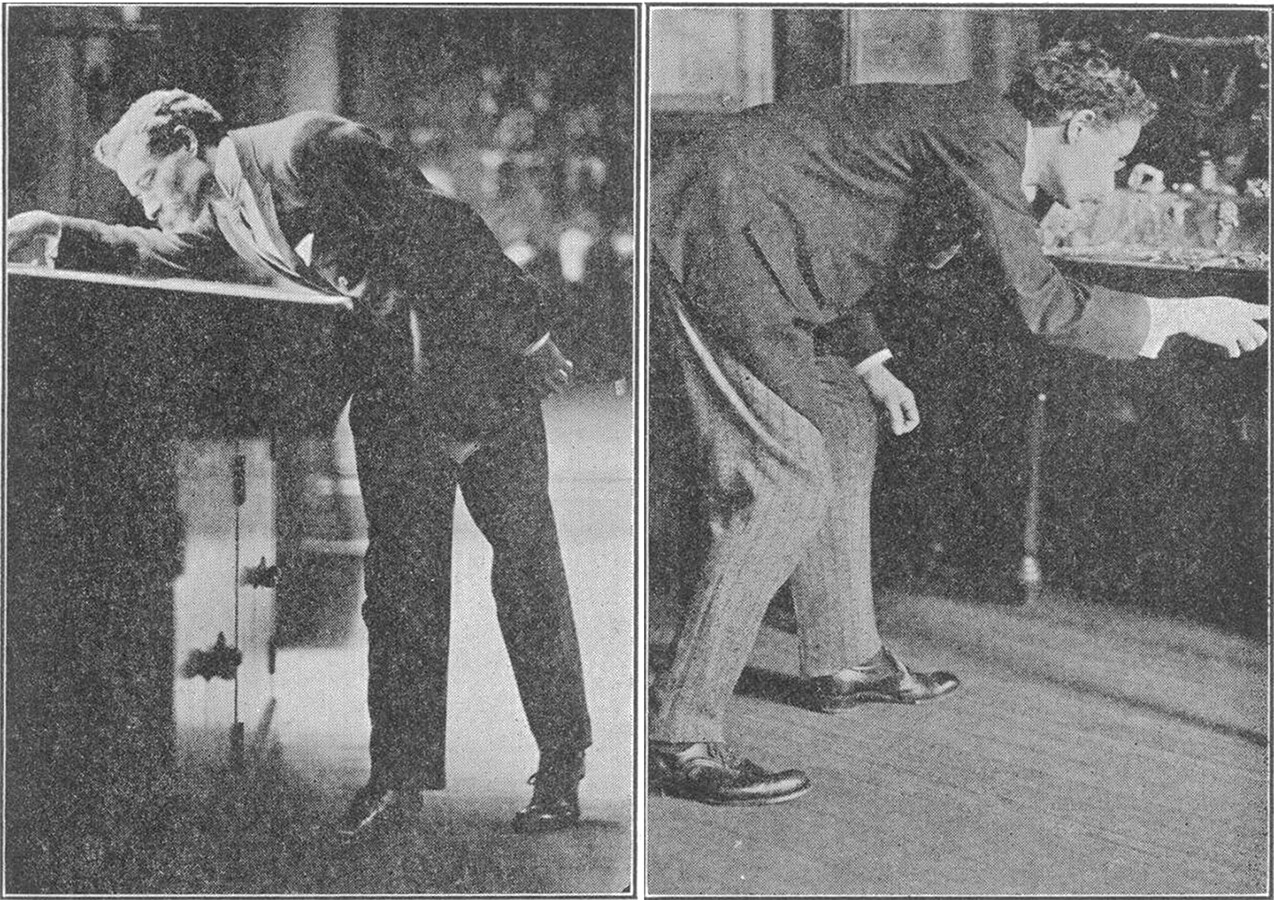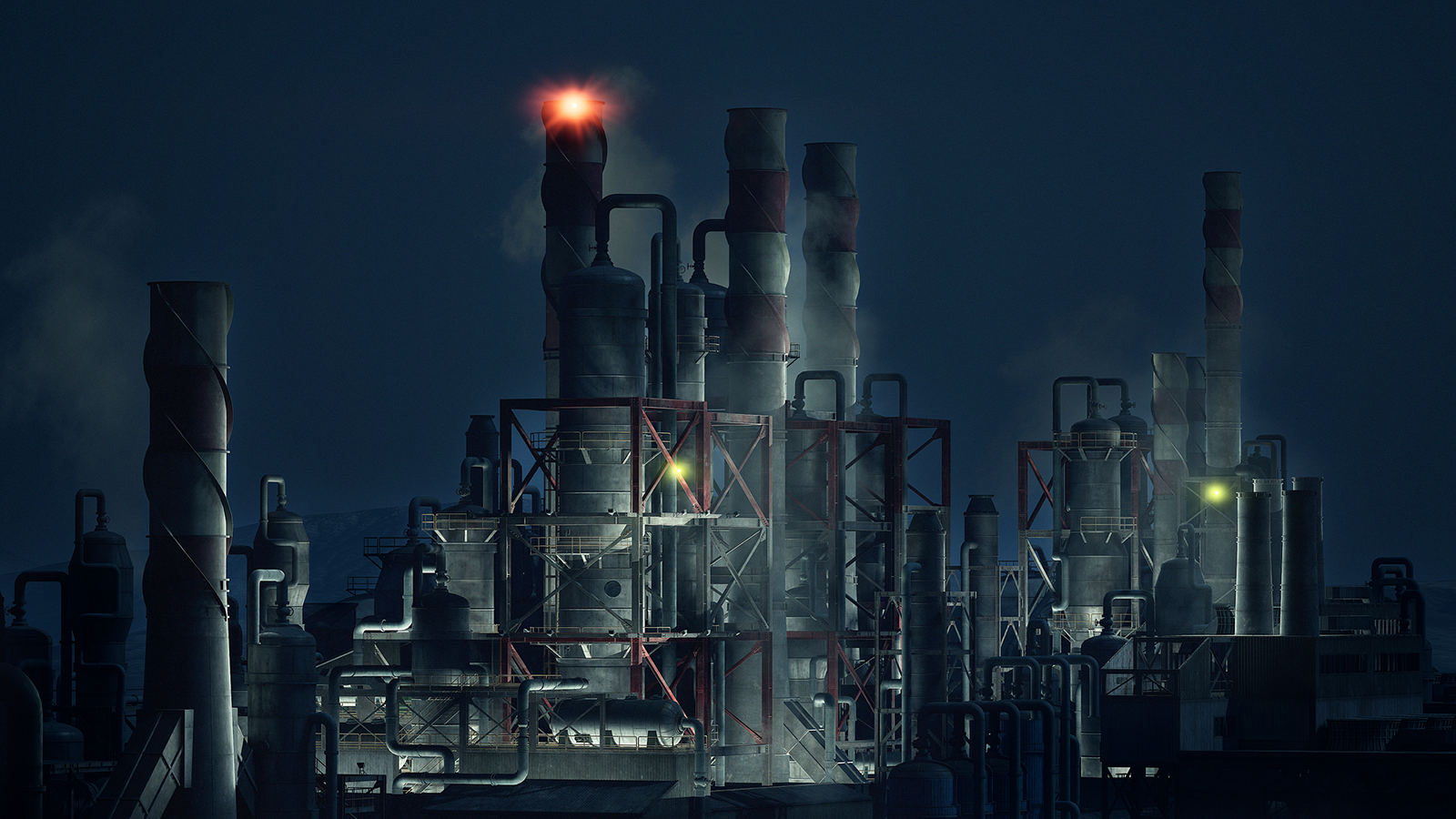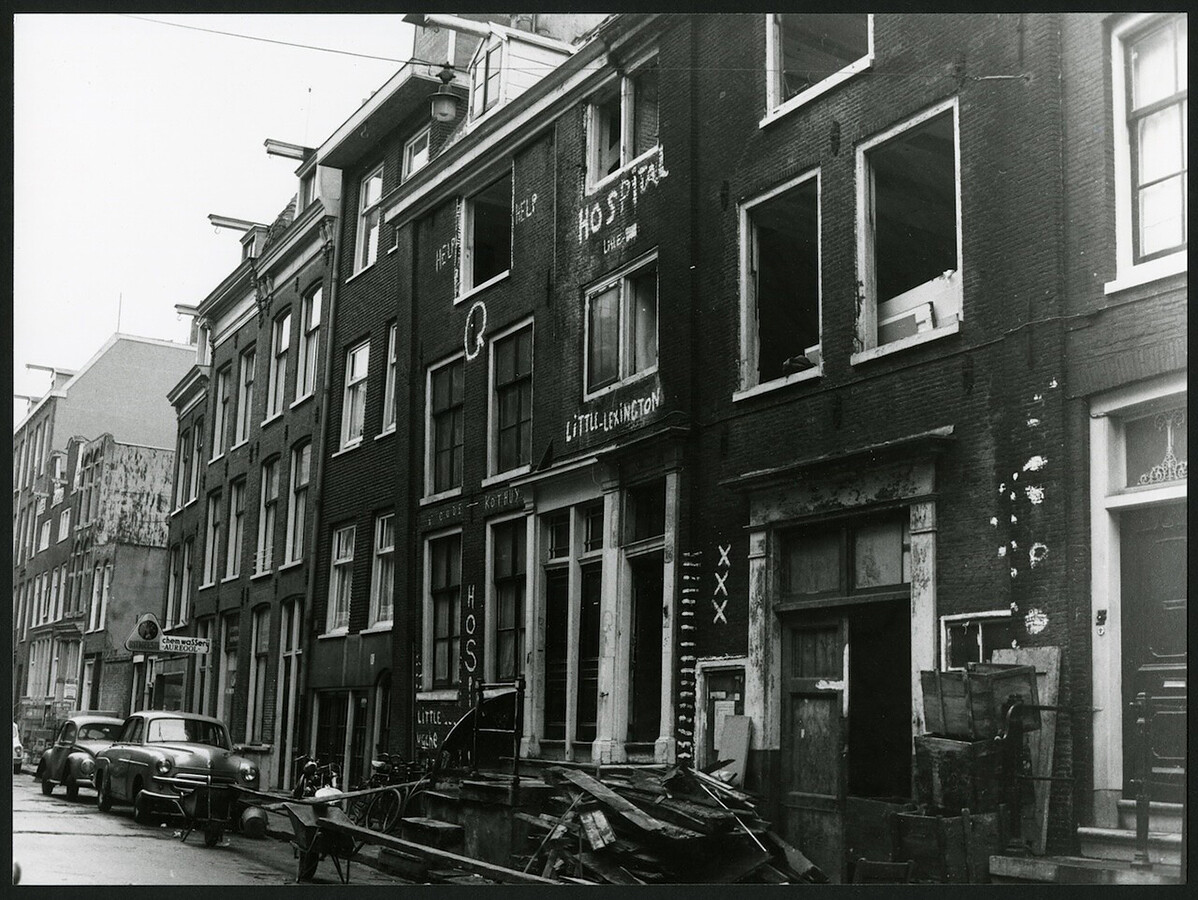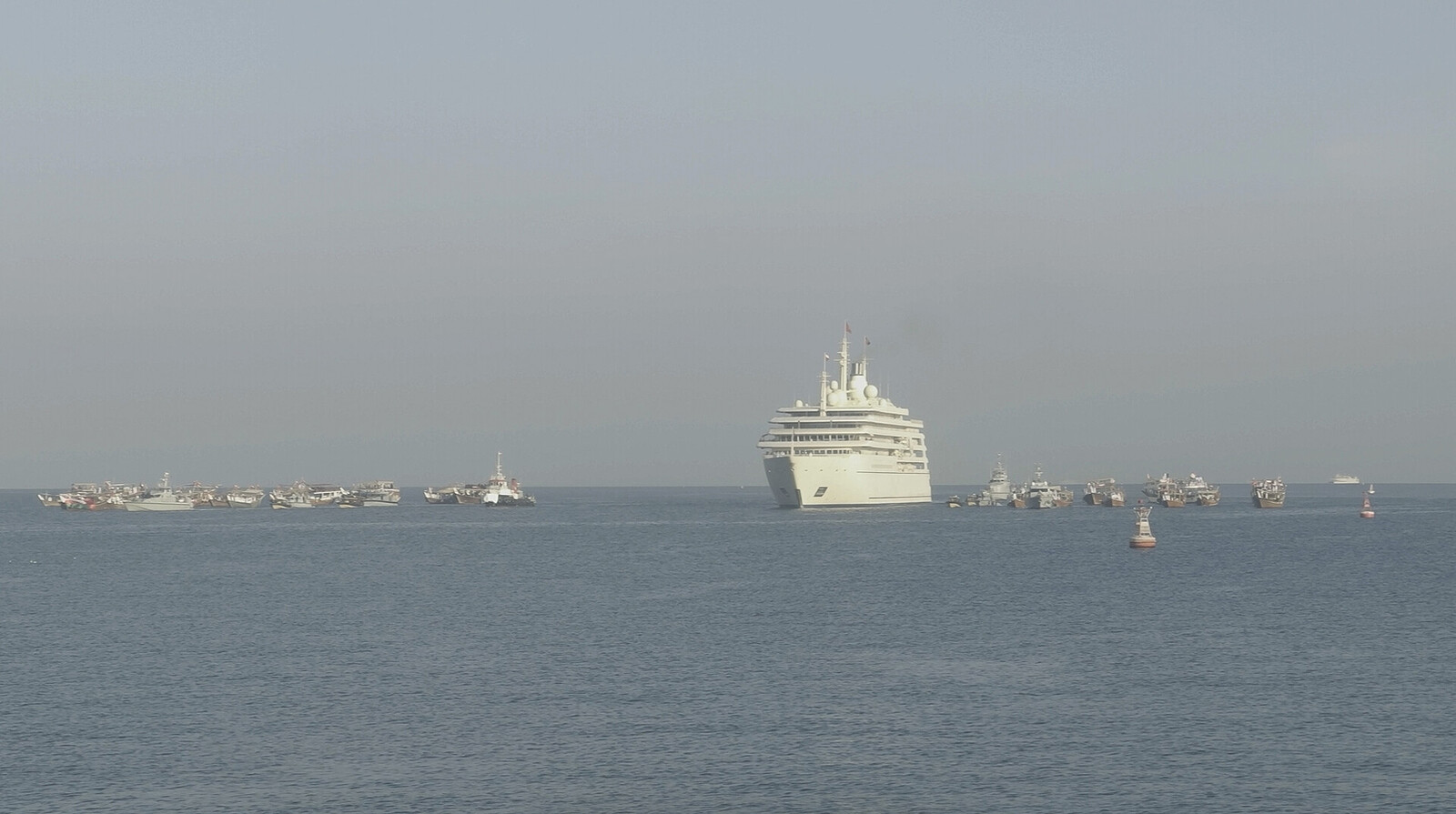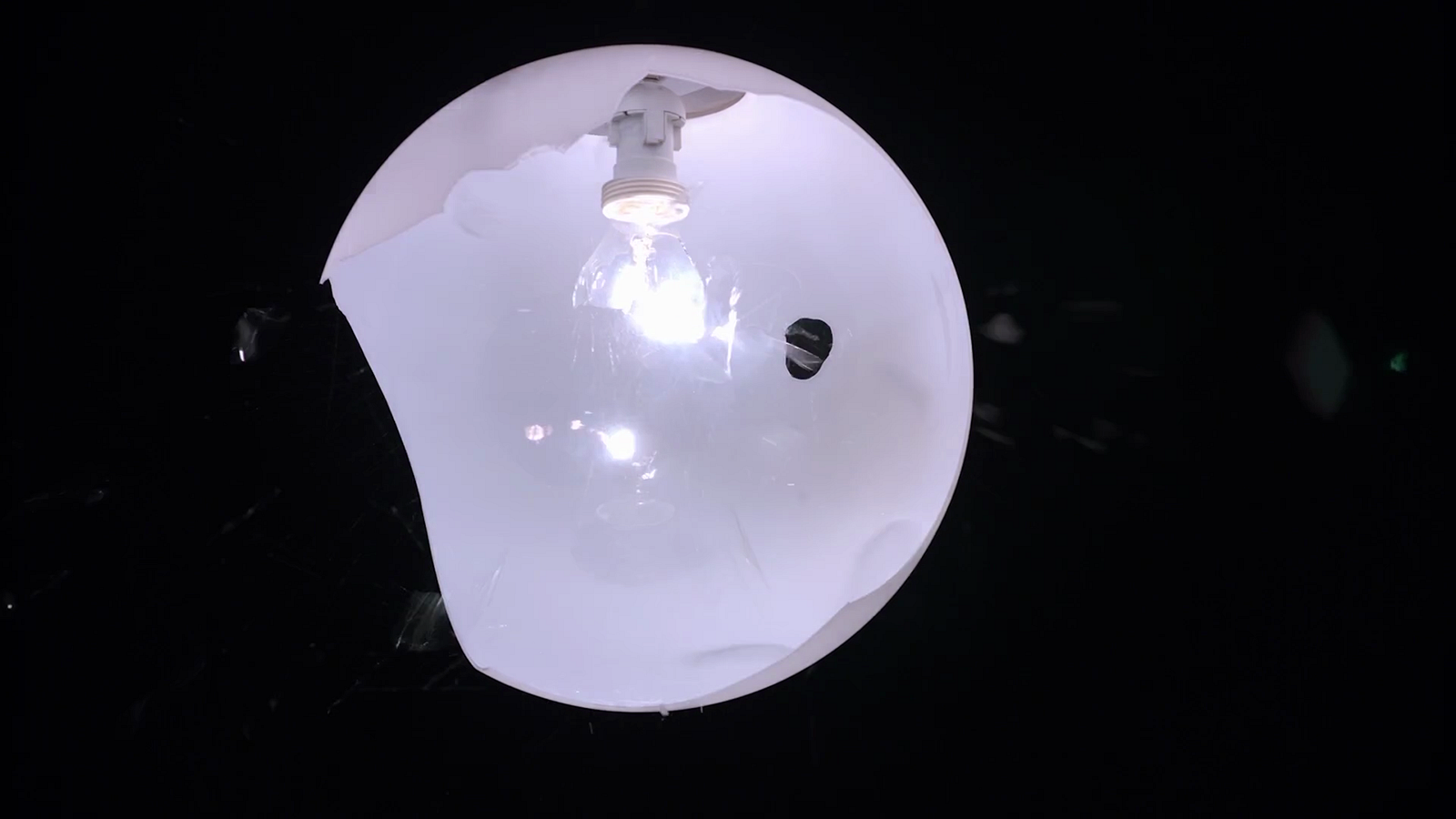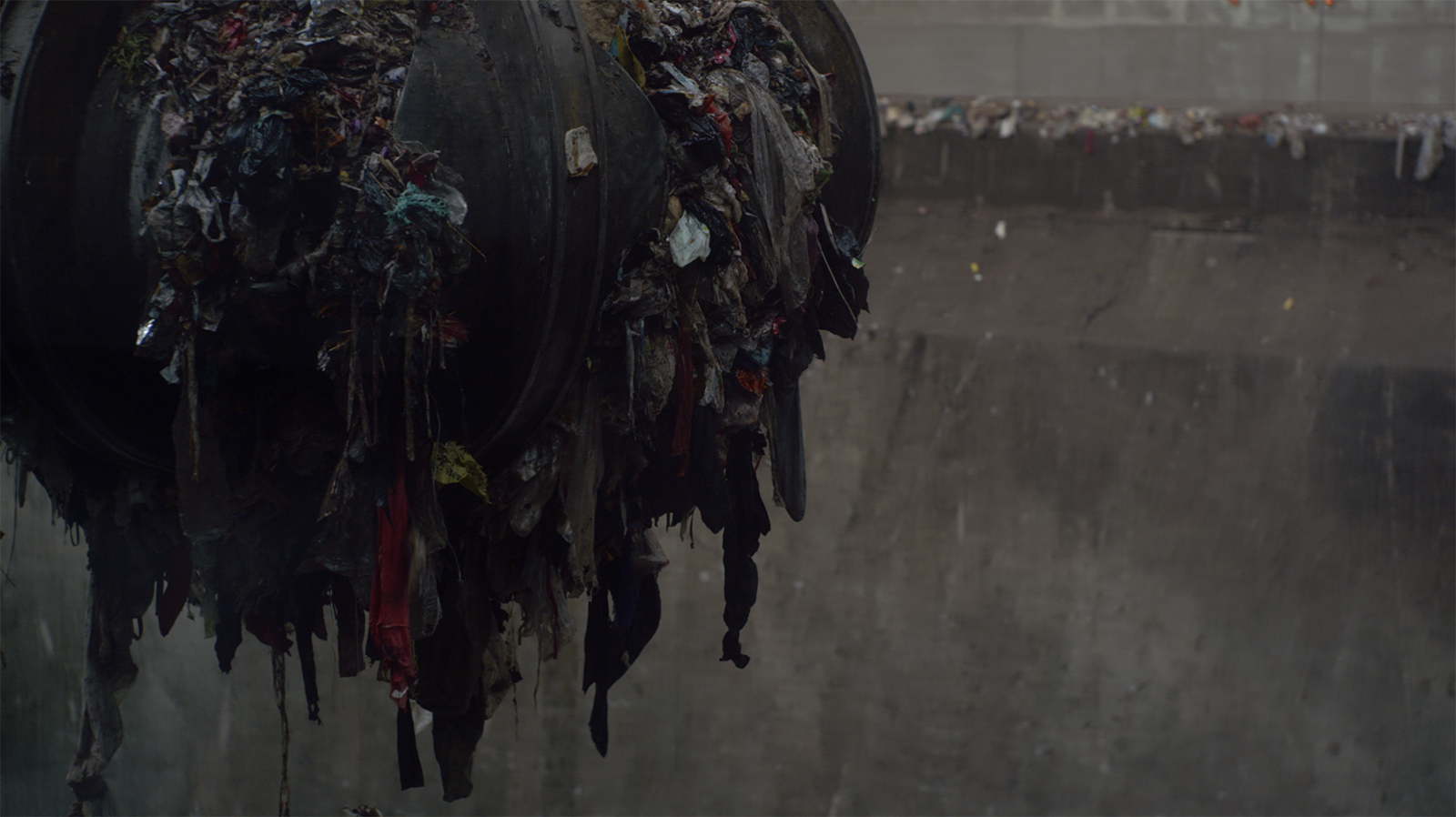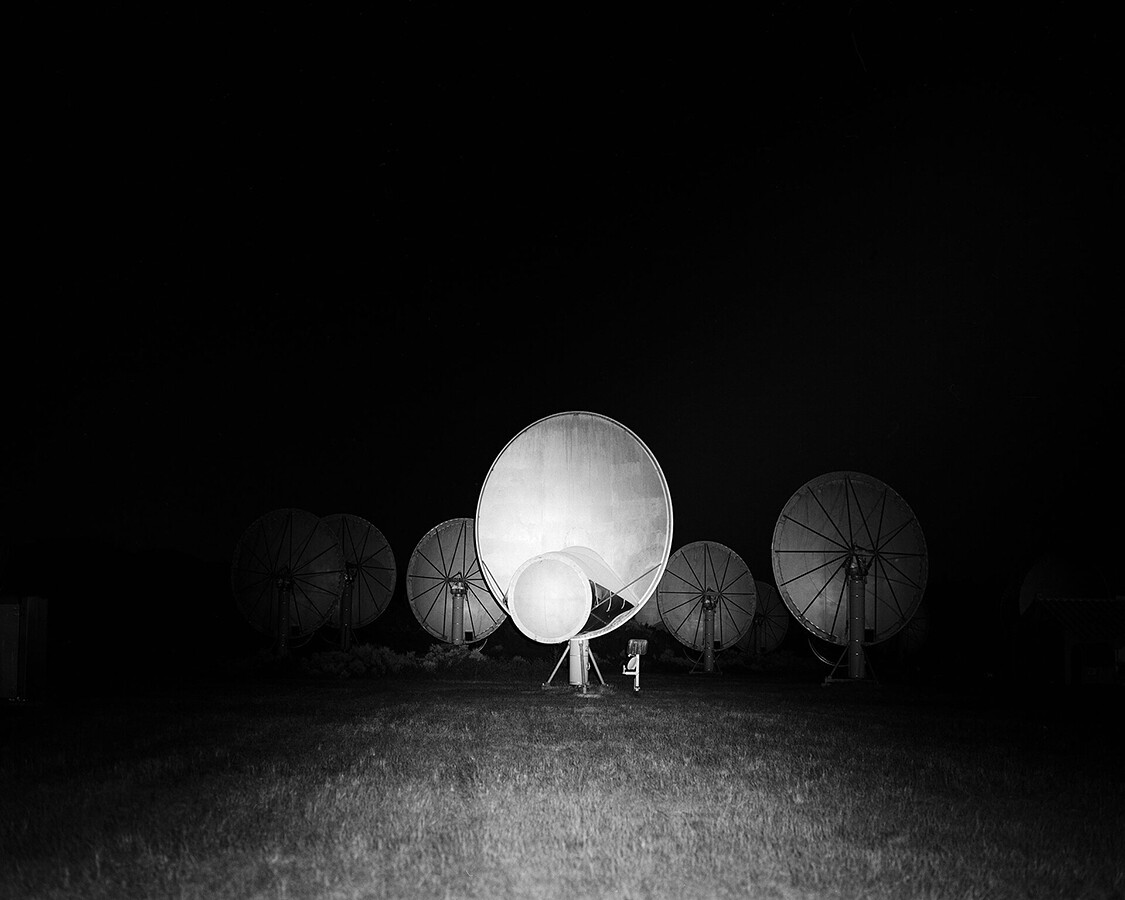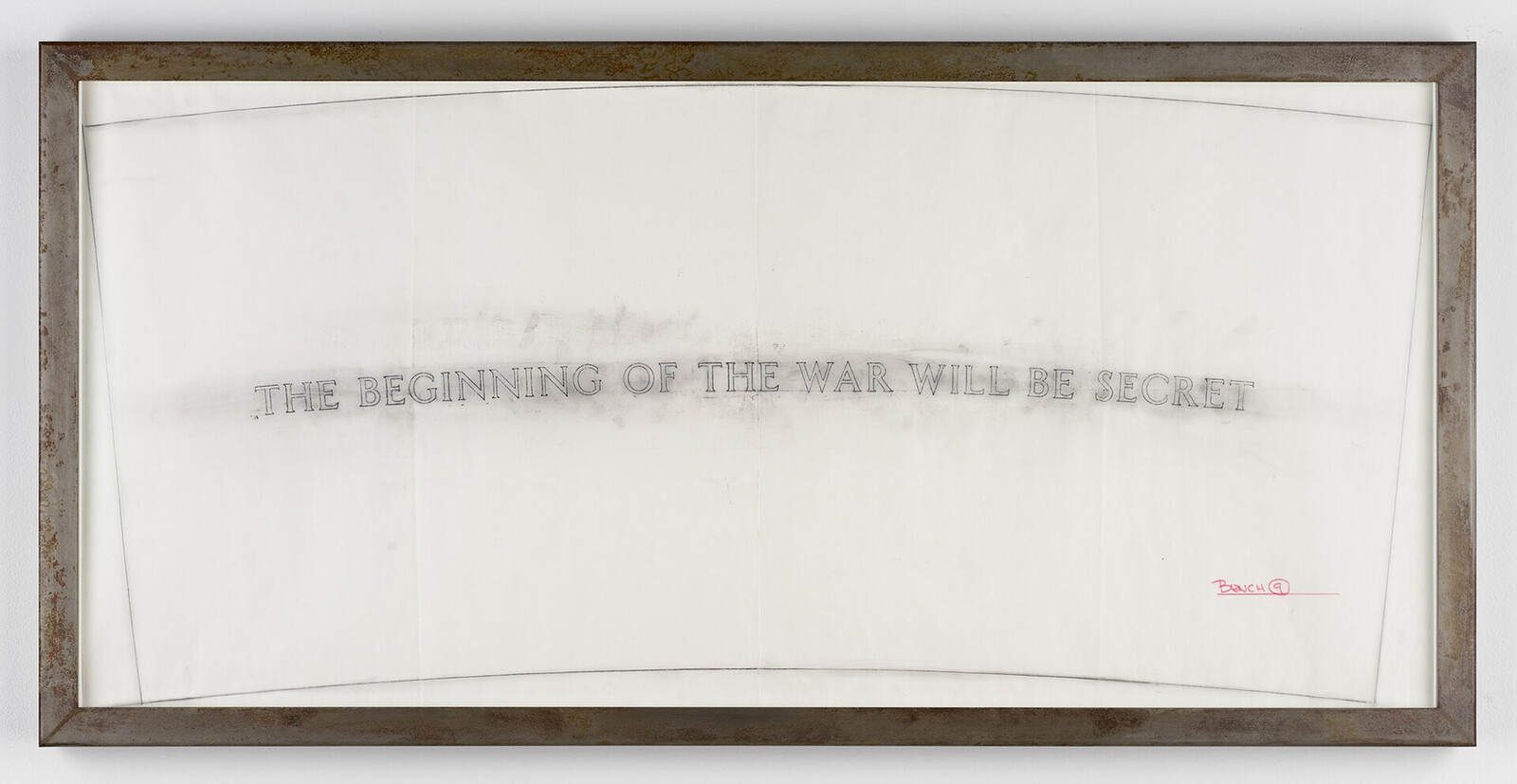Peggy Lee’s disquieting 1969 hit song, with its expression of neverending lack, echoes on through a disenchanted world. A German antifascist philosopher laments the uprootedness and indeterminacy of the postwar condition—the scratch that can’t quite be itched. Ruins abound in contemporary art and curation as so many bits of shrapnel lodged in the culture. Fantasies of lost homelands and vague feelings of saudade for a world gone by are instrumentalized by contemporary reactionaries and neoreactionaries who pledge to make things “great again.” A video artist meanwhile explores the attentive communities of care which assemble at sites of mourning, loss, grief, and death.
This fifth issue of the e-flux Index, comprises nine new categories for sorting it all out. These are titled: Is That All There Is?; What a Body Can Do; The Physicists’ Laugh; Dens, clubs, hives, and cells; The Tourist; Flickers; Promethean Shame; Proxies; and Inextinguishable Fires. In the exploratory spirit of Bas Jan Ader’s Primary Time (1974) or Susan Hiller’s remarks on the forbidden childhood pleasures of taxonomizing, more than that of Linnaeus, each of these categories represents an attempt at daisy cutting samples from the dynamic, complex meadow of discourse across the arts, architecture, education, theory, and politics. This deviant taxonomy is not designed to reduce or abstract away from the complexity of critical discourse and artistic activity in the present moment, but rather to do justice to this very heterogeneity.
Idle bodies. Bodies at work. Bodies subjected to micromanagement, and those that resist them. Museums were constructed for “minds on legs” needing neither hydration nor rest breaks, yet are now subject to artistic interventions for rehumanizing these spaces. A disability arts movement breaks with the stigma of “the poor cripple.” A film theorist explores the tactile and haptic dimensions of the moving image, and the disembodiment of its chthonic spectators. In the political domain, rhetorical #gures of the decaying Volkskörper (the “people’s body”) coexist alongside the cultic linkage of youthful bodies to the genesis of new political orders.
A peek under the microscope at science, technology, engineering, and mathematics (STEM). How is its dominance ensured through sidelining certain questions? A growing movement of Indigenous writers and artists counters the occidental dismissal of ancestral and Indigenous knowledge production with a call for an “ecology of the world,” and for greater epistemic diversity. One experimental filmmaker analogizes her preferred approach to queer filmmaking according to the particle–wave duality of quantum behaviour, while another expounds his “united field theory” of “montage at a distance.” Beyond all this, behind the closed doors of a remote industrial park, obscure and nonspecific special economic zones corral STEM research to the ends of global capital.
Is there an art to not being governed (like that)? One recent biennale finds an answer in the self-governing pirate settlements of Madagascar. Elsewhere, radical 1970s pedagogues and the “self-avowed magicians” of the Amsterdam counterculture alike suggested the answer might be found in a new style of educational relationship to our environments. For the young protestors of the 2010s UK student movement the art of not being governed was driven home under truncheon blows: inside the “pedagogy of the kettle.” For George Maciunas, the seeming horizontalism of Fluxus came through the “paper language” of administration. Meanwhile in the architecture of Modi’s Hindutva India, the ambivalent language of horizontally networked societies is being rhetorically co-opted for centralized ethnonationalist megaprojects.
Tourists go home! What is at stake in fantasies of smooth, frictionless travel? Of being “bound to nothing speci#c?” Europeans continue to dream of a cross-border Transhelvetican Canal connecting the Rhine to the Rhône, while in Central Asia ambitious “sanction-proof” maritime routes like the International North–South Transit Corridor (INSTC) rub up against the obstructions of geopolitical reality. Lyrical, participatory artworks such as David Medalla’s Stitch in Time celebrate the chance and passing thrills of nomadism. But there are also the hordes of cultural tourists who flock to biennials and triennials to see such works, often indifferent to the local conditions of the host cities—including overtourism.
The lights keep going on and off. To meet the reductions in European energy consumption necessary to avoid accelerating climate catastrophe, a winking “modest proposal” suggests engineering blackouts to “unplug Frankenstein’s monster.” Meanwhile under wartime conditions of actually existing involuntary power shortages, shadows begin to appear in the work of Ukrainian artists. Elsewhere, in her critique of the early cinema, a pioneering Modernist writer finds herself fighting in the dark with the “agreeable somnolence” of the movie theater. Finally, a historian documents the immense human and ecological cost of achieving the Soviet project of “power plus electrification” in Central Asia.
“Après moi, le déluge” (after me, the flood)—so drawled Louis XV, in a remark that has come to embody the shorttermist indifference of privileged ruling classes then and now. Here we find imperial hubris, colonial overreach, and the unforeseen consequences of unilateral terraforming. Starting from the corpse of an early East India Company colonist rotting on the shore of Ascension Island, we elsewhere journey to the ruins of the Ford Motor Companies rubber plantations in the Amazon jungle, and encounter the neo-Gothic horror of twenty-first century industries’ Dark Satanic Mills (Why isn’t the factory smoking? Is there a strike?). Confronted with this extractivist landscape, artistic researchers continue seeking out ways to “maintain, continue, and repair our world.”
The post-truth is out there, and everything is not quite what it seems. In the first part of a major investigation, we learn of a community of Ufologists coaxed into mania by a sustained secret programme of psychological operations (psy-ops) that spread throughout the 1980s. In New York, an exhibition of photographs also brings our gaze to enormous telescopes in Northern California desperately scouring the universe for signs we are not alone. Something unexpected meanwhile lurks behind the twee facades of a new mock-Central European development in the Gui’an New Area, in China’s southwestern province of Guizhou. In an Ivy League college, a group of students use an innovative poster campaign to express dissent against their institution’s complicity in the Gaza genocide—an intervention staged against a “culture of muteness.”
As Brecht wrote in Mother Courage: war always finds a way. What can be recovered from the rubble of our increasingly bellicose historical moment? A French philosopher here eloquently establishes the “universal cause” of a unilateral ceasefire to the genocide of Palestinians in Gaza. Elsewhere, in a city where hostilities have now ended, we read of how urban development has been recalibrated by the experience of thirty years of conflict. In New York, Harun Farocki’s unflinching analysis of modern technowarfare receives the blue chip treatment. Finally we reach a fragile, if ominous, moment of concord—through a rereading of Friedrich Hölderlin’s “celebration of peace.”

